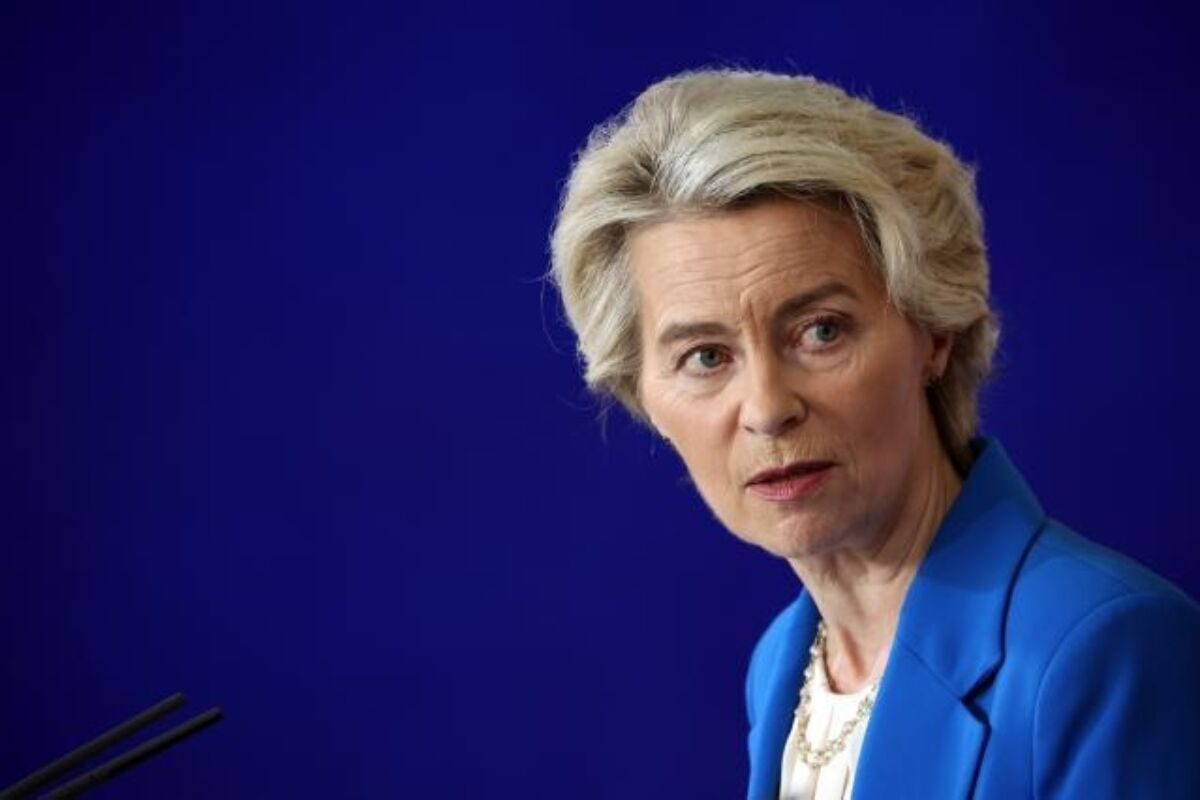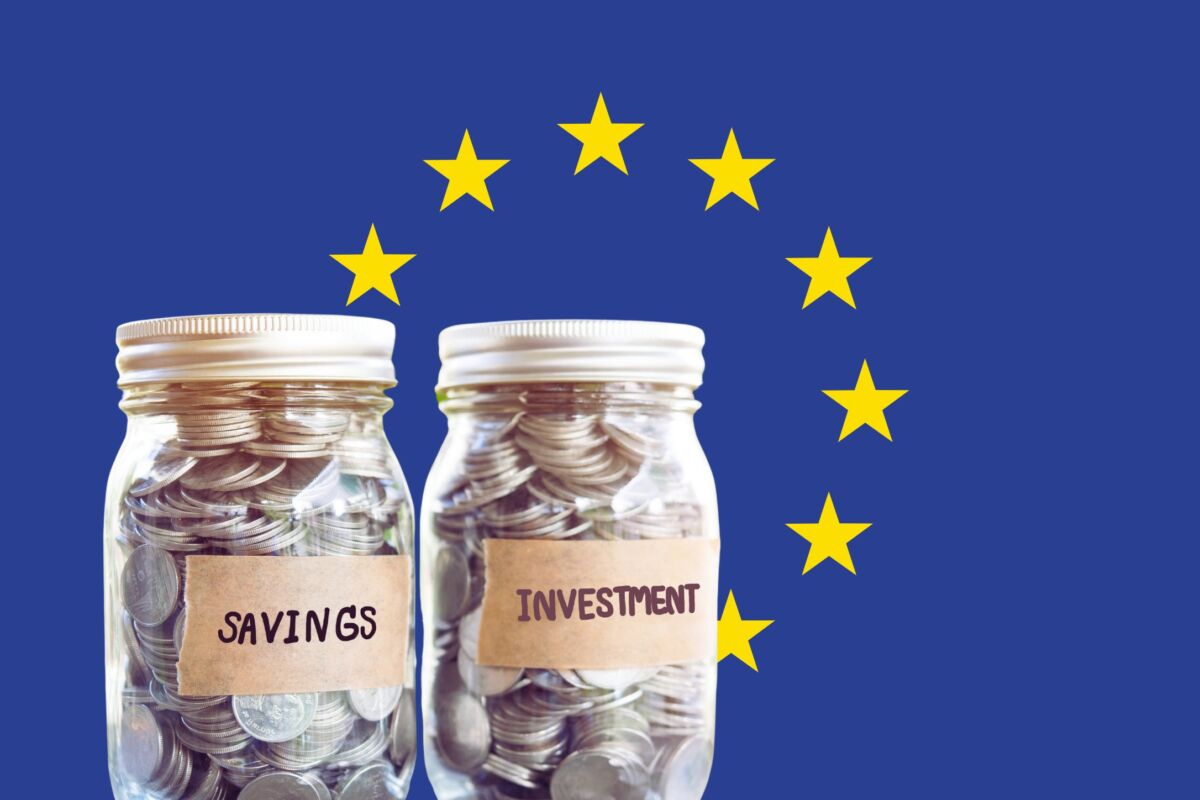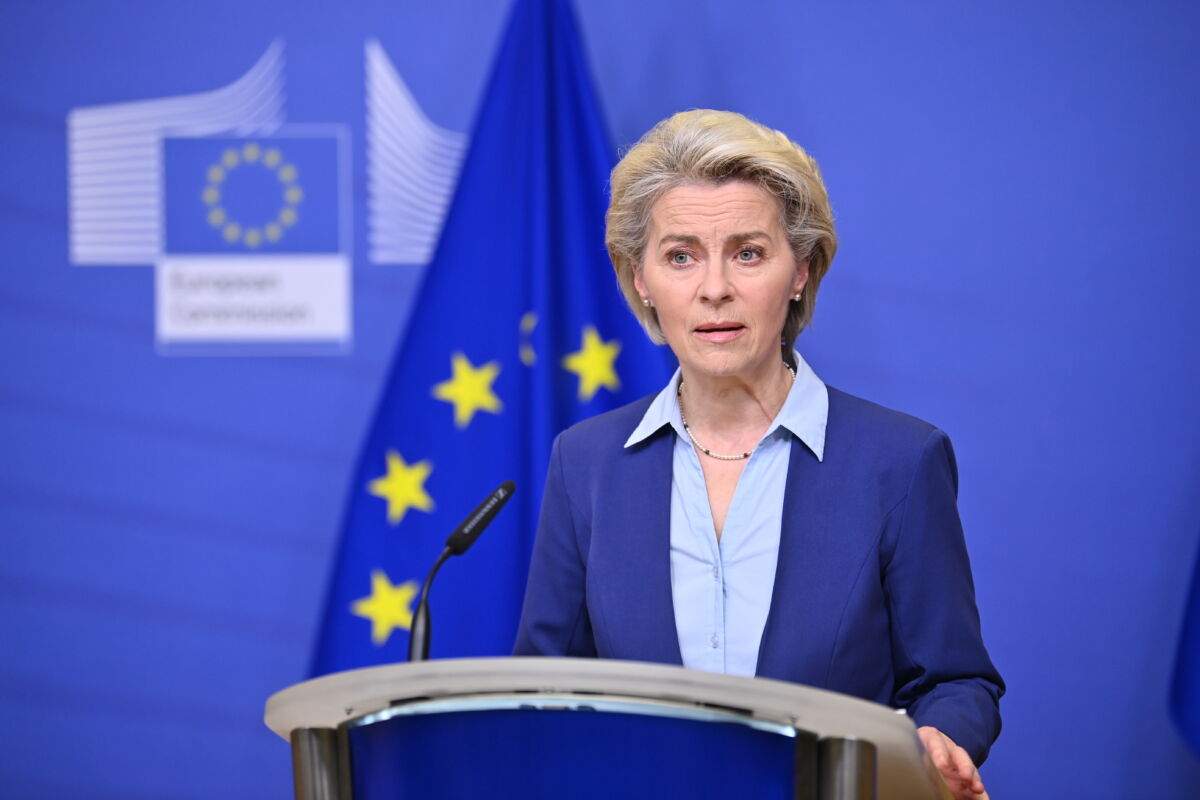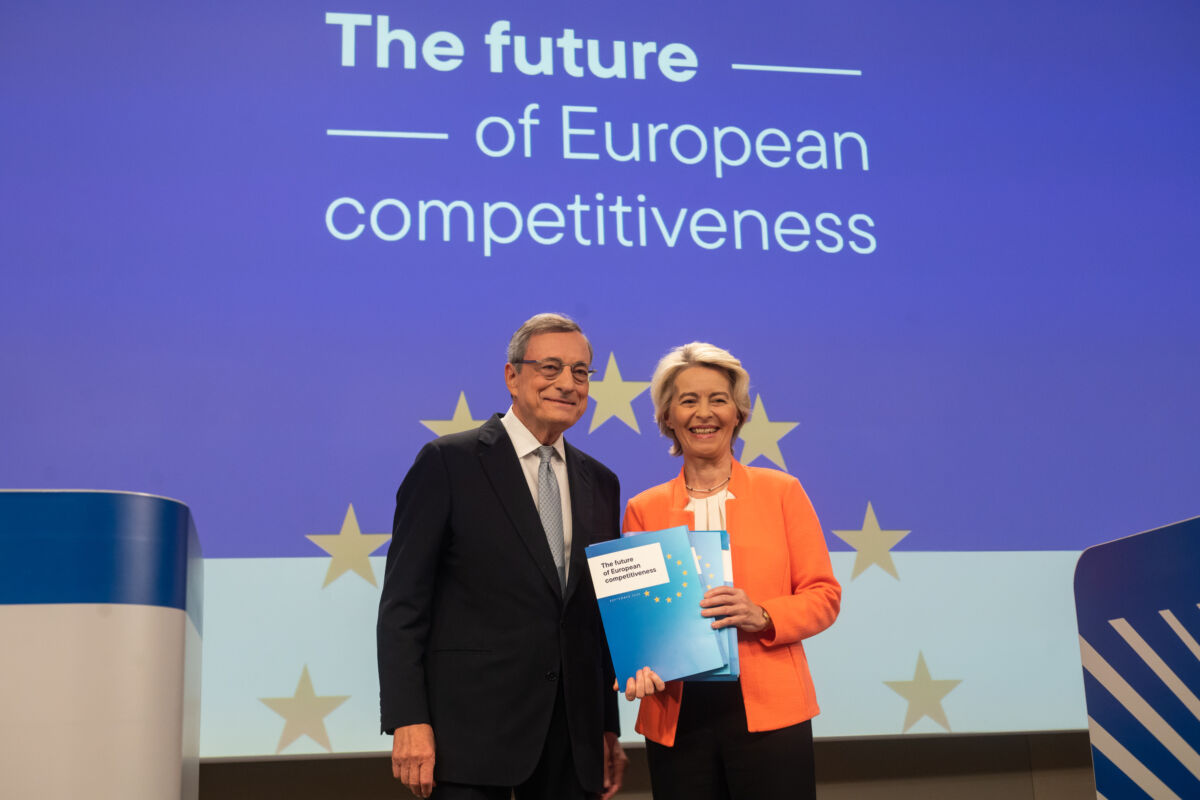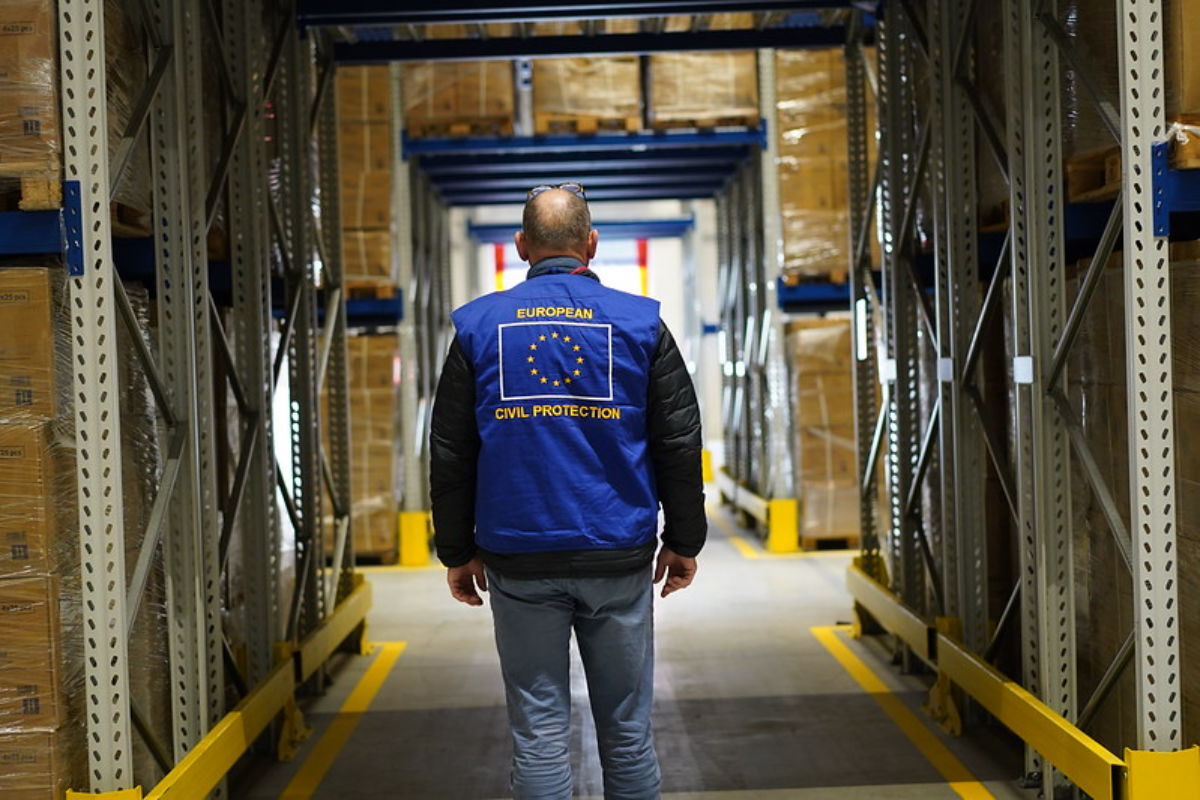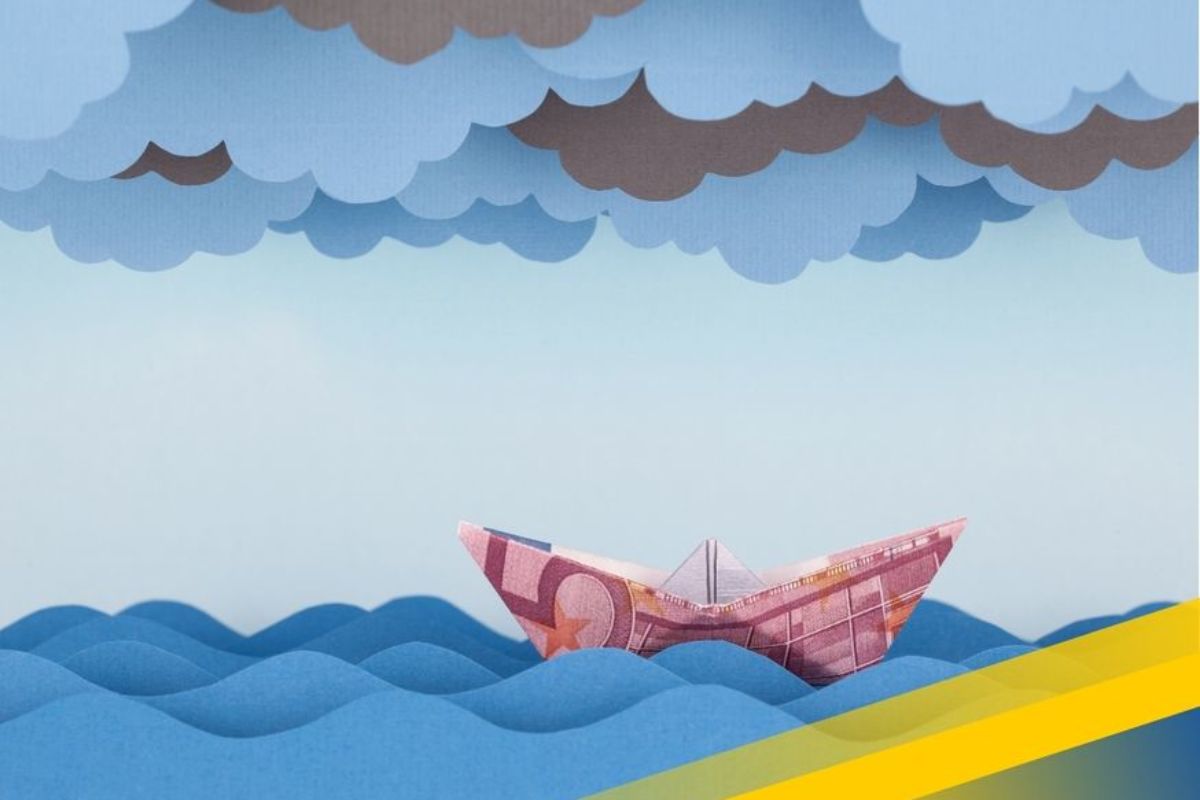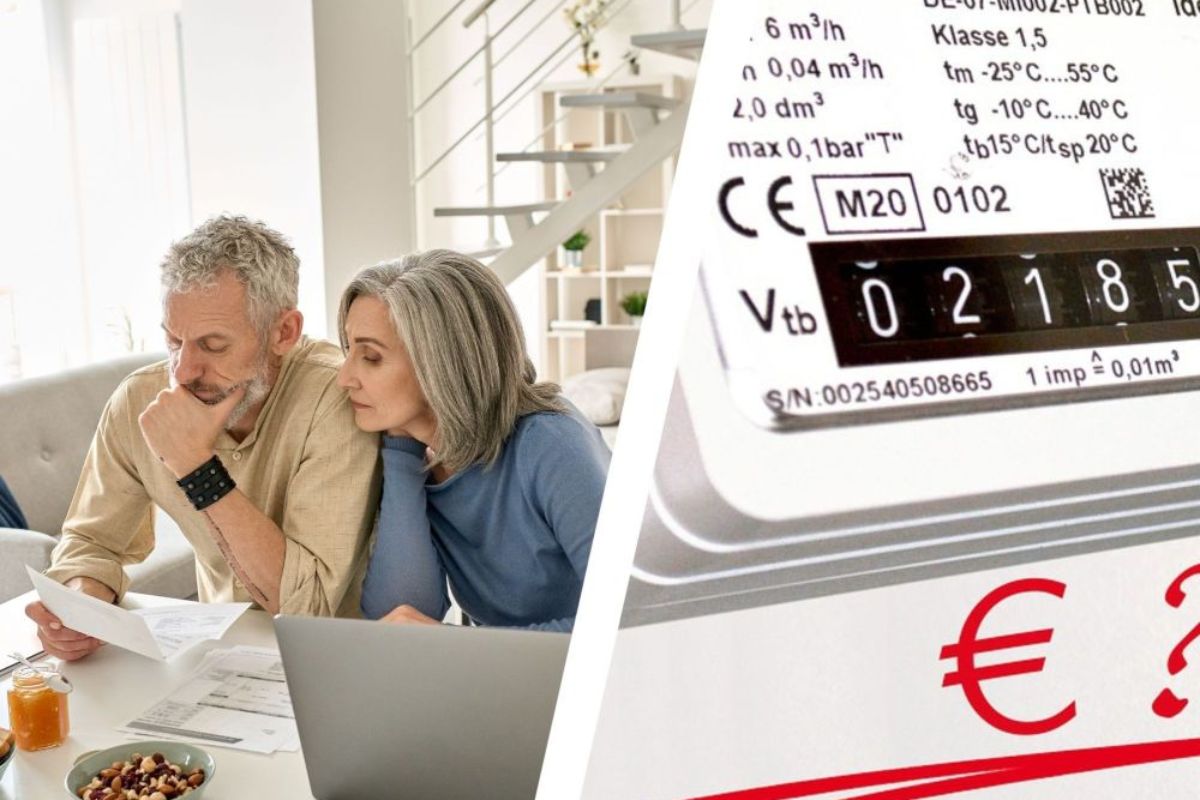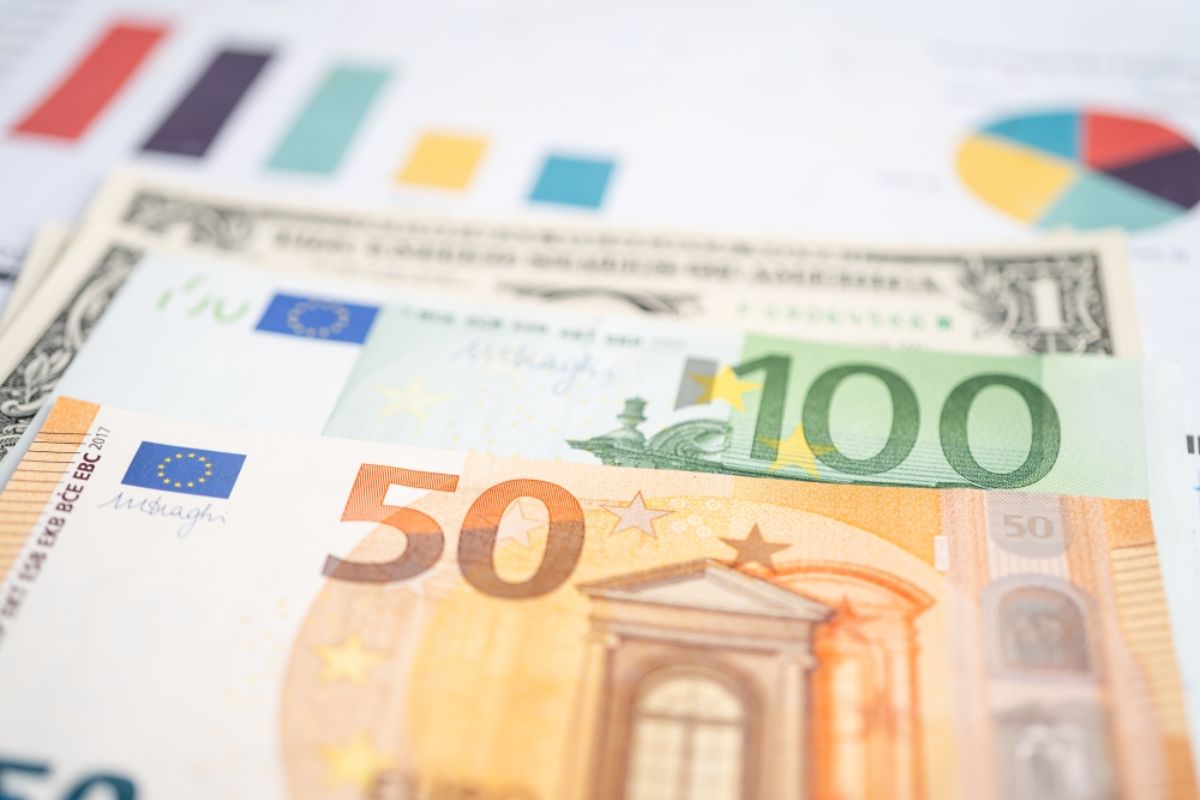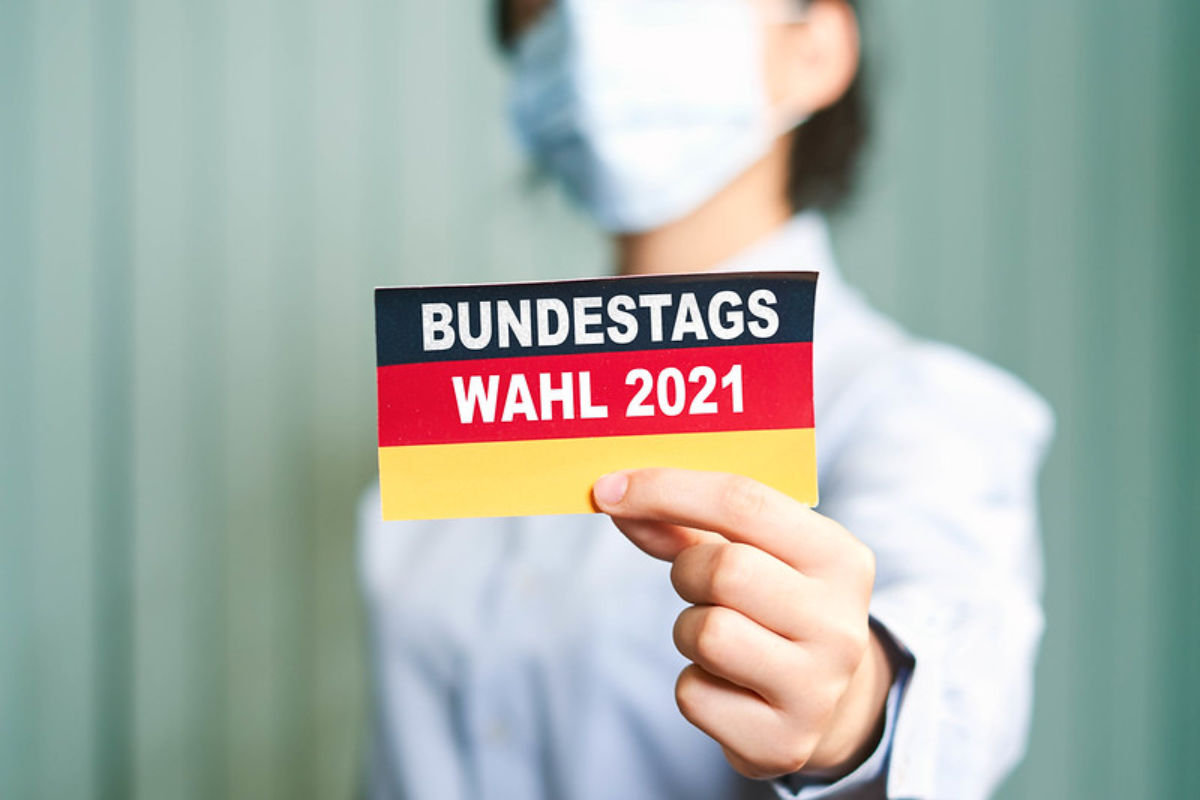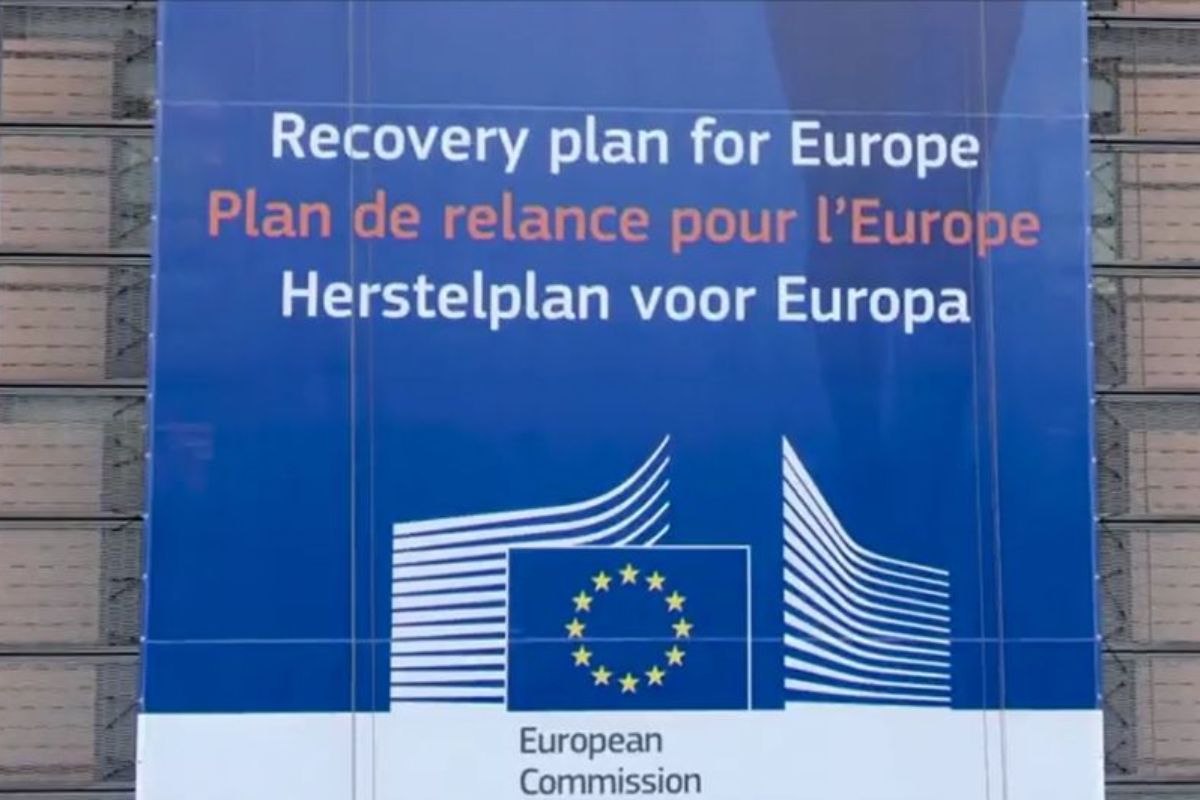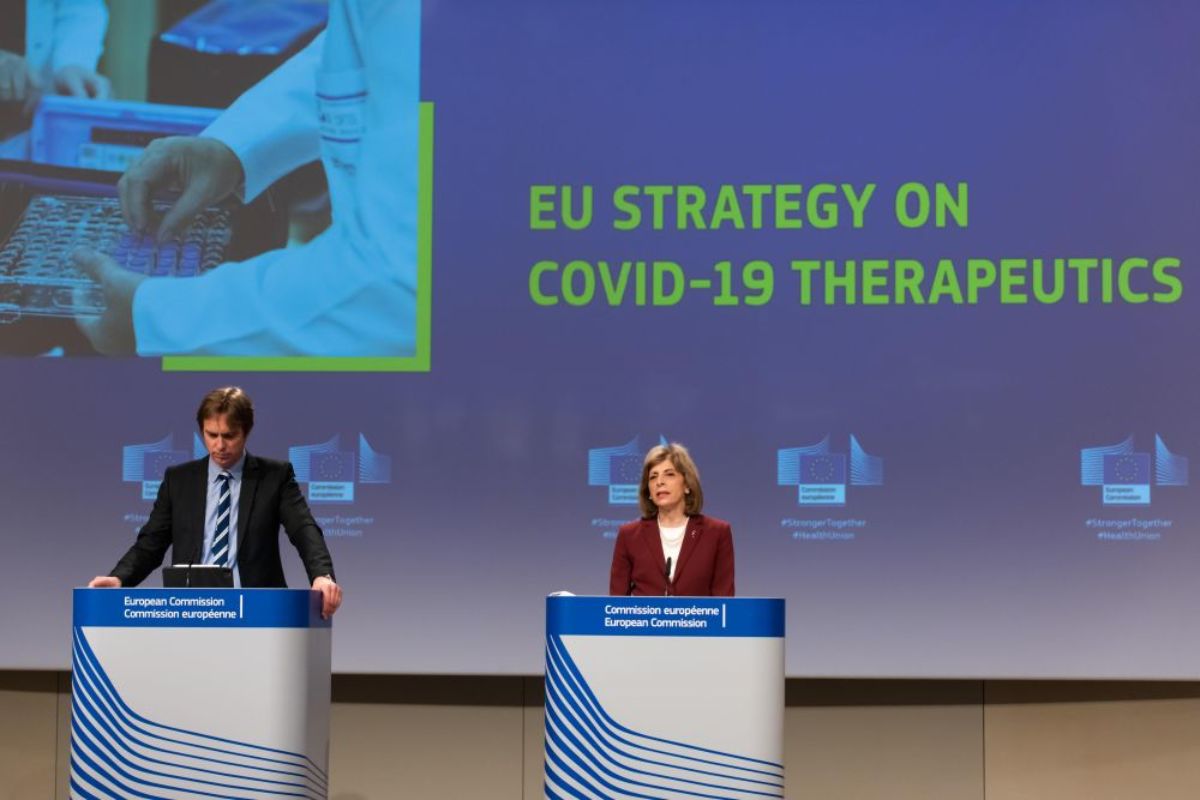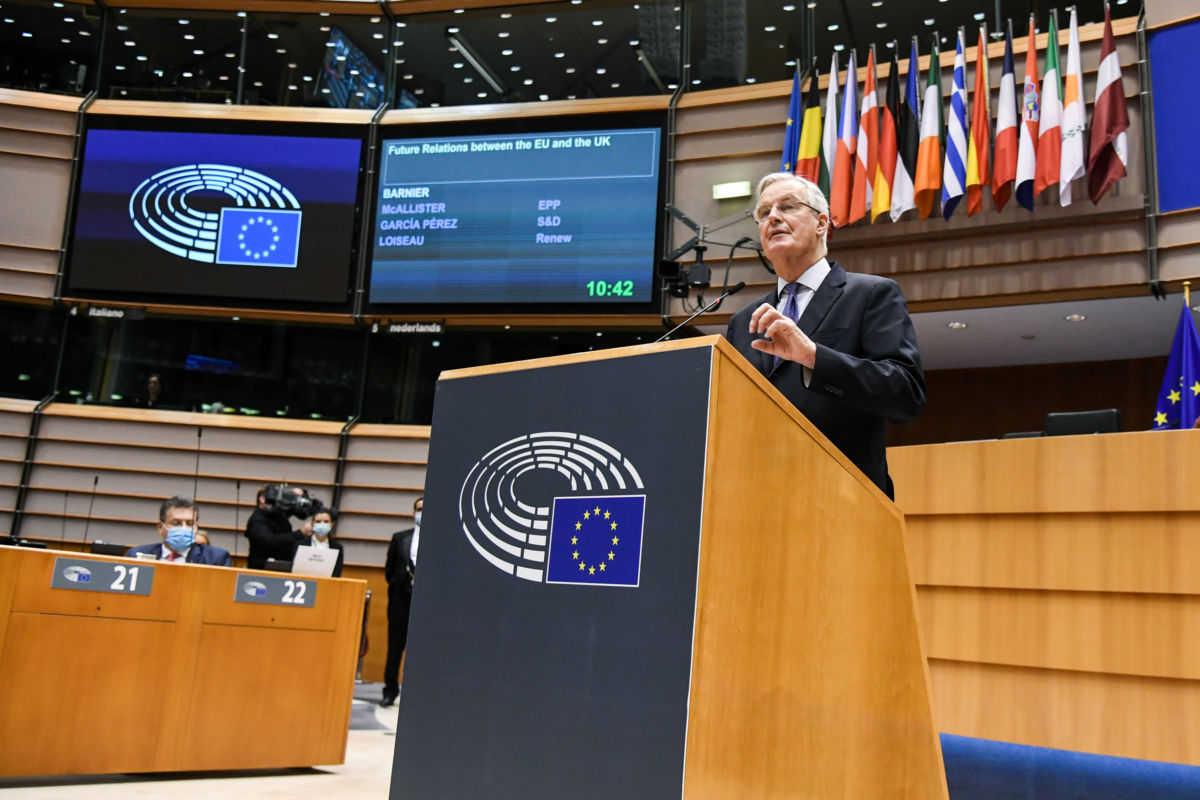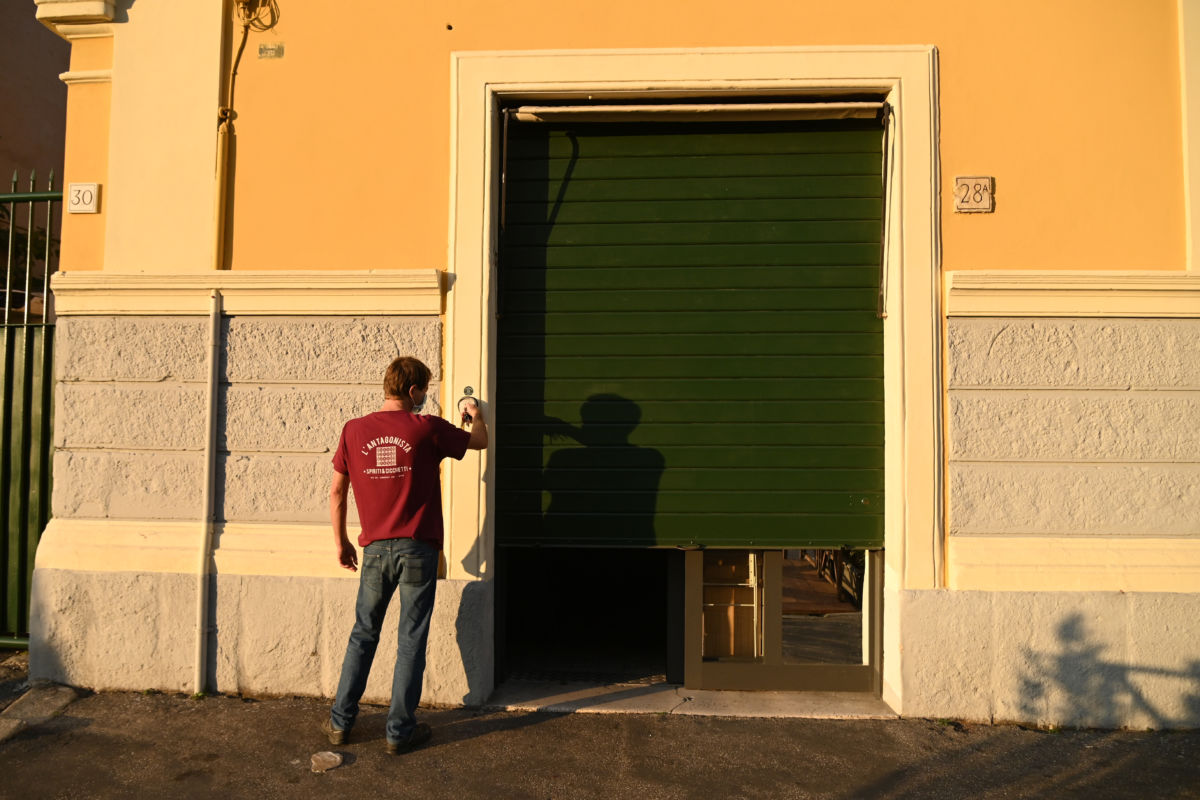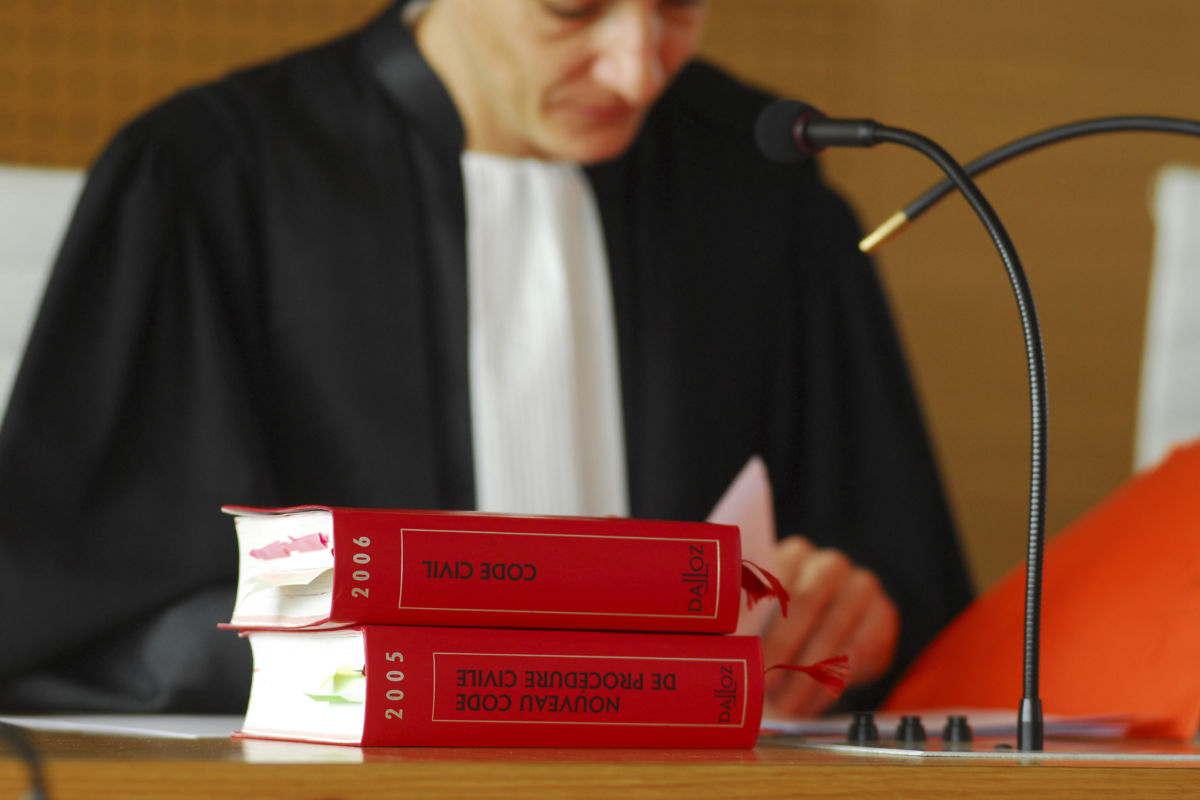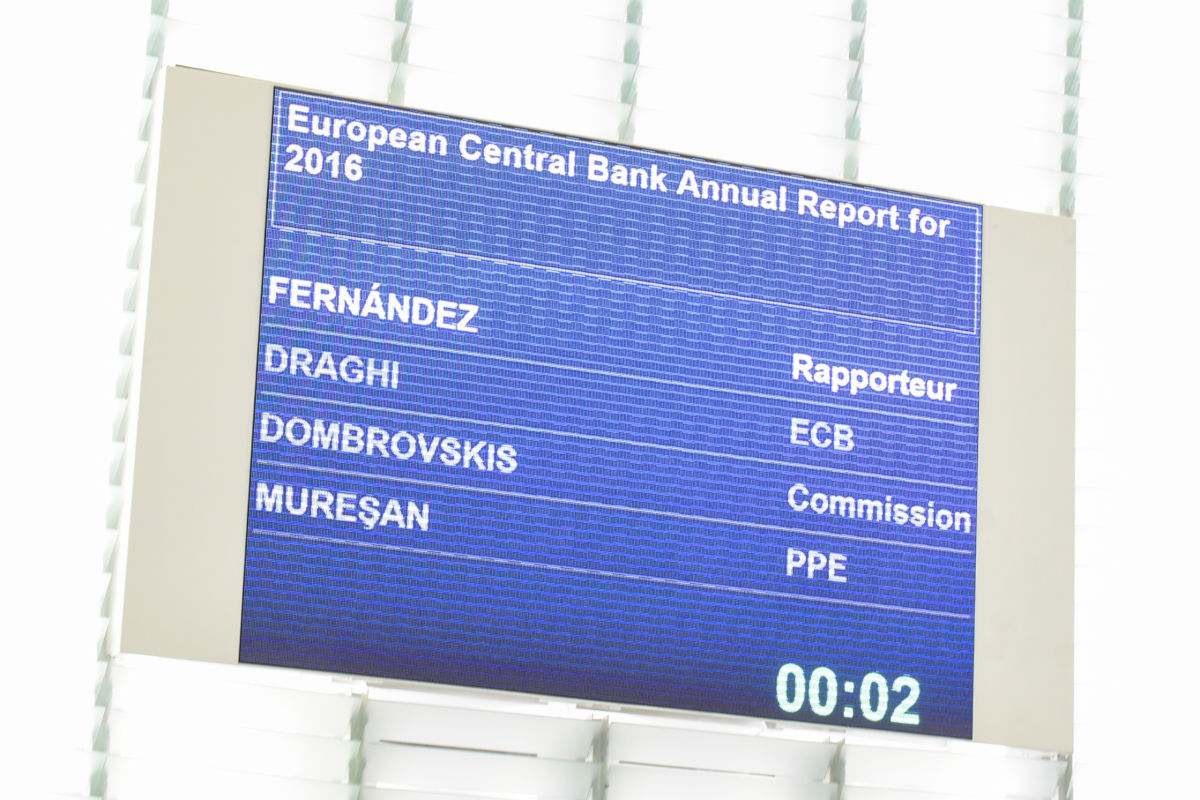Monetary-fiscal cooperation has become the norm to fight the Covid-induced recession
In the last few weeks, almost every government and central bank in the world has adopted aggressive forms of fiscal and monetary easing. They have sometimes done so in a coordinated fashion, akin to what some authors have called ‘helicopter money’, to mitigate the Covid-induced collapse in economic activity. Since these measures include purchases of government bonds, and forms of funding-for-lending schemes (that allow banks to extend credit to corporations against guarantees offered by the government), it is clear that the border between monetary and fiscal policy is as blurred as it can possibly be.
Some countries have gone further in mixing fiscal and monetary stimulus. The UK government has decided to increase the size of the account it holds at the Bank of England (the UK’s central bank), called ‘Ways and Means’, from the current £370 m to an unlimited amount. During the global financial crisis, this account reached £20 bn. By doing this, the government can use the central bank’s balance sheet to directly finance its aggressive fiscal measures without even going through the step of issuing bonds/bills first (a sort of fig leaf to respond to the possible ‘accusation’ of monetary financing).
The US has also implemented a large fiscal package, the Cares Act, which envisages the direct handing of money to citizens ($1,200 per adult, $500 per child), with cheques sent to homes. The ballooning fiscal deficit (estimated to rise to 15% of GDP) will be financed by issuing bonds and bills, which the Federal Reserve will buy.
Japan and China can easily follow the UK and US examples, with obvious different modalities given their different institutional settings. But the EU/eurozone (EZ) will find it much harder to implement its own form of helicopter money, given the incompleteness of its institutional and regulatory framework. However, it is not impossible for the bloc to find a way forward.
The EU/EZ’s incomplete institutional setting makes it harder to implement monetary-fiscal cooperation
So far, the EU has adopted a series of fiscal and regulatory policies such as the suspension of the Stability and Growth Pact and the stringent rules on state aid. The ECB, after initially hesitating, has approved an ample package of monetary stimulus, including the creation of a specific plan of asset purchases. However, given the absence of a common EU/EZ Treasury, the fiscal response was initially devolved entirely to the national governments, which have announced a series of plans tailored to their needs and available fiscal space.
After accepting that Covid-19 represented an exogenous and symmetric shock to European countries that required a common – and not just coordinated – response, the EU has finally launched a series of measures. These measures were proposed by the Eurogroup and approved by the EU Council on 23 April 2020: a loan-based unemployment re-insurance scheme (SURE); a new European Stability Mechanism Enhanced Conditions Credit Line (ESM ECCL) precautionary credit line (called ‘Pandemic Crisis Support’); and a new EIB investment plan.
The measures are intended to mobilise around €540 bn of resources. In addition to these measures, there is a discussion about the possibility of creating a ‘recovery fund’ able to leverage the resources of the EU’s 2021-27 multi-annual financial framework, with an increase in the budget ceiling for each country from 1.2% of GDP to 2%. If bonds are issued by the EU to finance the recovery fund, they will not enjoy a joint and several guarantee from all EU member states.
How can the EU deliver helicopter money?
Given this background, how can the eurozone implement its form of helicopter money? The obvious answers would be: a) federalisation of national debt (akin to an EU ‘Hamilton moment’); and/or b) removal of the prohibition of monetary financing by national governments (which is currently enshrined in the EU treaties). At the moment, these solutions seem practically and politically unfeasible. However, the possibility to circumvent the obstacle exists.
National fiscal resources. Initially, each eurozone government will implement a form of direct monetary transfer to its citizens of roughly the same share of GDP. In a helicopter money fashion, liquidity needs to go erga omnes, as if dropped from a helicopter. So, the target recipients should be every citizen with a fiscal identification number (called Steuerkennzeichen in Germany, numéro d’identification fiscal in France, codice fiscale in Italy, etc.). To each adult person (over 18 years old), the state should send €1,000. To each person under 18 years the figure should be €500. So, a family of four people (two adults and two under-age children) would receive €3,000. In a country like Italy, with 50 million people over 18 years and 10 million below, this measure would cost approximately €55 bn, i.e. 3% of GDP.
How should this money be sent? My suggestion would be for a pre-paid and re-chargeable credit card in virtual format, i.e. the 16 digits of a credit card, with an expiry date, so that this can be spent from home for purchases made online even during periods of lockdown. Whether to also send a physical version of this card is up to the government. Elderly people, who are often less familiar with technology, could be sent cheques that can be monetised in local stores.
This card, which I believe should be called EUROPA CARD, should obviously have all of the EU signs clearly visible. They should perhaps even display the sign of the European Central Bank and the Eurosystem, to make sure citizens of the various countries understand where the money comes from. That way, for a change, the EZ/EU would be perceived as partof the solution, not the problem.
The EUROPA CARD would allow liquidity to reach everybody, regardless of the type of work they do (permanent/temporary, regular/informal, employed/self-employed, continuous/intermittent, etc.). It would be a truly universal support to income in a period of absolute exogenous, and hopefully temporary, emergency. The disbursement would be immediate, and there could be a second wave of payments – if deemed necessary – later on, with the card being re-charged remotely by the central system.
How can this operation be financed? Even without joint/common forms of financing, this operation could simply be financed by national governments issuing bonds. But since the ECB has already promised to purchase those bonds this year, it is absolutely correct that it is the EU/ECB that claims to be the ultimate issuer of this EUROPA CARD.
If an EU recovery fund is eventually launched, once loans and grants are made by the EU Commission to the member states, the national governments should use the EUROPA CARD to distribute those funds. Otherwise the risk is that funds will be made available but will not reach the end users, which in this case should be individual people and companies. Citizens of the various countries need to understand that the EU/EZ is also able to provide protection, not just issue prohibitions and set rules. Otherwise, we can be sure that immediately after the end of the Covid-crisis, we will witness another European (EU/euro) crisis.
Brunello Rosa is CEO and Head of Research at Rosa & Roubini Associates, having previously worked at the Bank of England. Brunello is a visiting professor at the Department of Social and Political Sciences of Bocconi University (Italy), a visiting lecturer at the Department of International Politics and a research fellow of the City Political Economy Research Centre at City, University of London. At the London School of Economics and Political Science, he is a practitioner lecturer in finance for MSc students and in macroeconomics for professionals undertaking executive education. Brunello is an active member of Chatham House (The Royal Institute of International Affairs), the UK’s Institute of Directors, the International Institute of Strategic Studies and the Institute for New Economic Thinking (INET).








